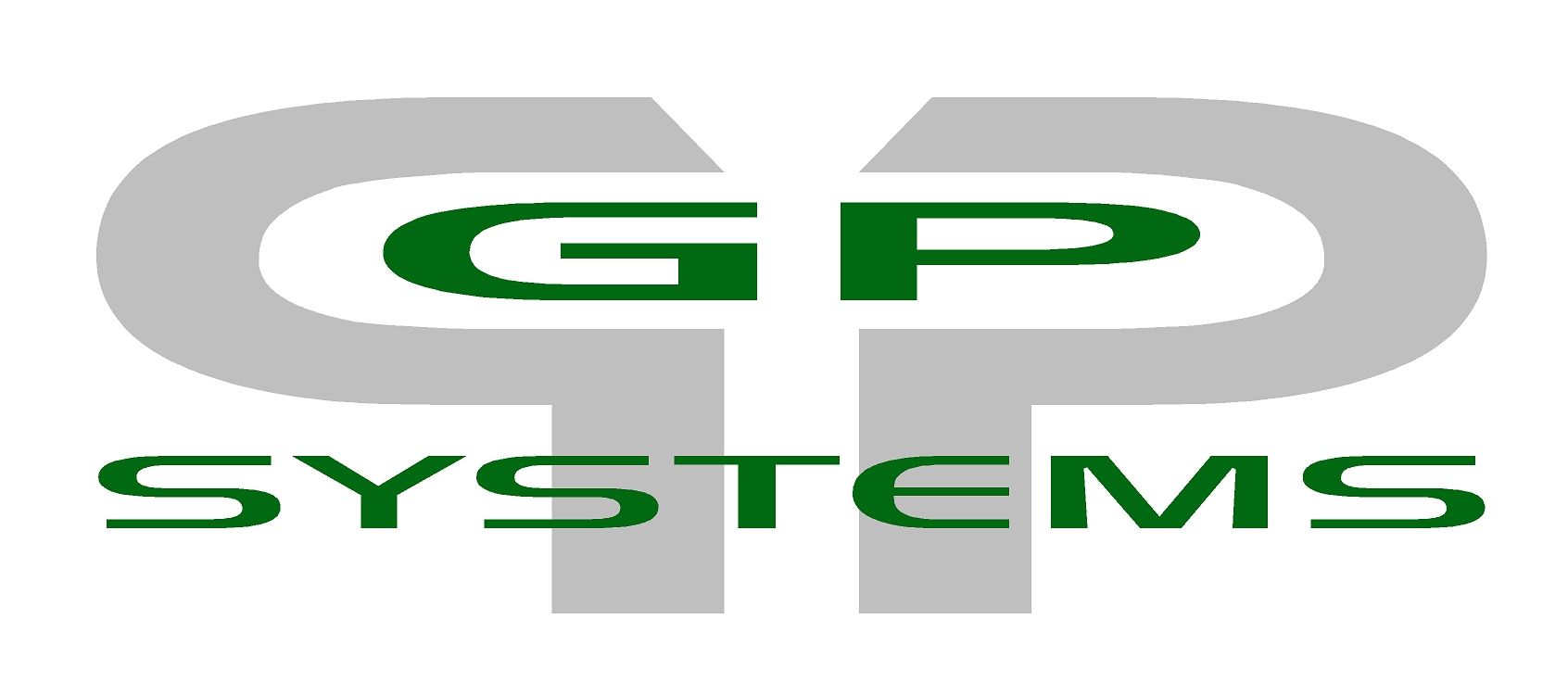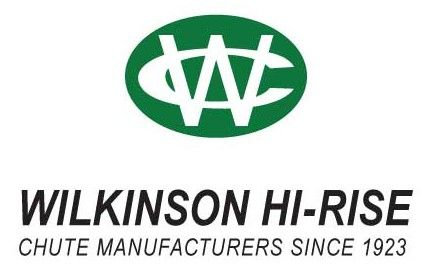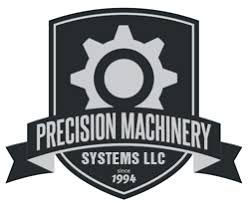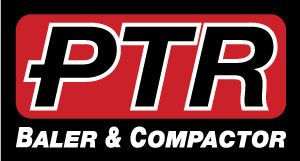FAQs
GP Systems Inc
What standards govern the installation of refuse and linen handling systems?
The NFPA 82 standard provides guidelines for fire protection in the construction, installation, and operation of waste and linen handling systems. This includes specifications for chutes, compactors, and incinerators.Are fire-rated enclosures required for chutes?
Yes, chutes must be enclosed in fire-rated structures. Buildings with four or more stories require a 2-hour fire rating, while those with fewer than four stories need a 1-hour fire rating.What type of doors are required at chute intakes and discharges?
Chute intake doors must be self-closing, positive-latching, and have a fire rating of typically 1?� hours. Discharge doors should be automatic or self-closing and may be held open using a fusible link.Are sprinklers required inside chutes?
Automatic sprinklers are required inside chutes unless they are constructed of approved masonry or metal. Sprinklers must be installed at the top intake, at alternate floor levels in multi-story chutes, and at the lowest service level.How often should systems be inspected?
We always recommend a PM inspection quarterly for the chutes, recycling sorters, and compactors.What should be checked during inspections?
Inspections should verify that intake and discharge doors are clear and unobstructed, fire-rated doors and fusible links are intact, sprinklers are functioning properly, and the chute is clean and structurally sound.What are the best practices for handling soiled linen?
CDC guidelines recommend wearing gloves, avoiding body contact with linen, using leak-proof containers, preventing linen shaking to minimize contamination, and thoroughly cleaning and disinfecting containers after each use.Can soiled linen be transported manually?
Manual transportation of soiled linen outside patient care areas is not permitted. It should be moved using designated containers to ensure proper handling and safety.




